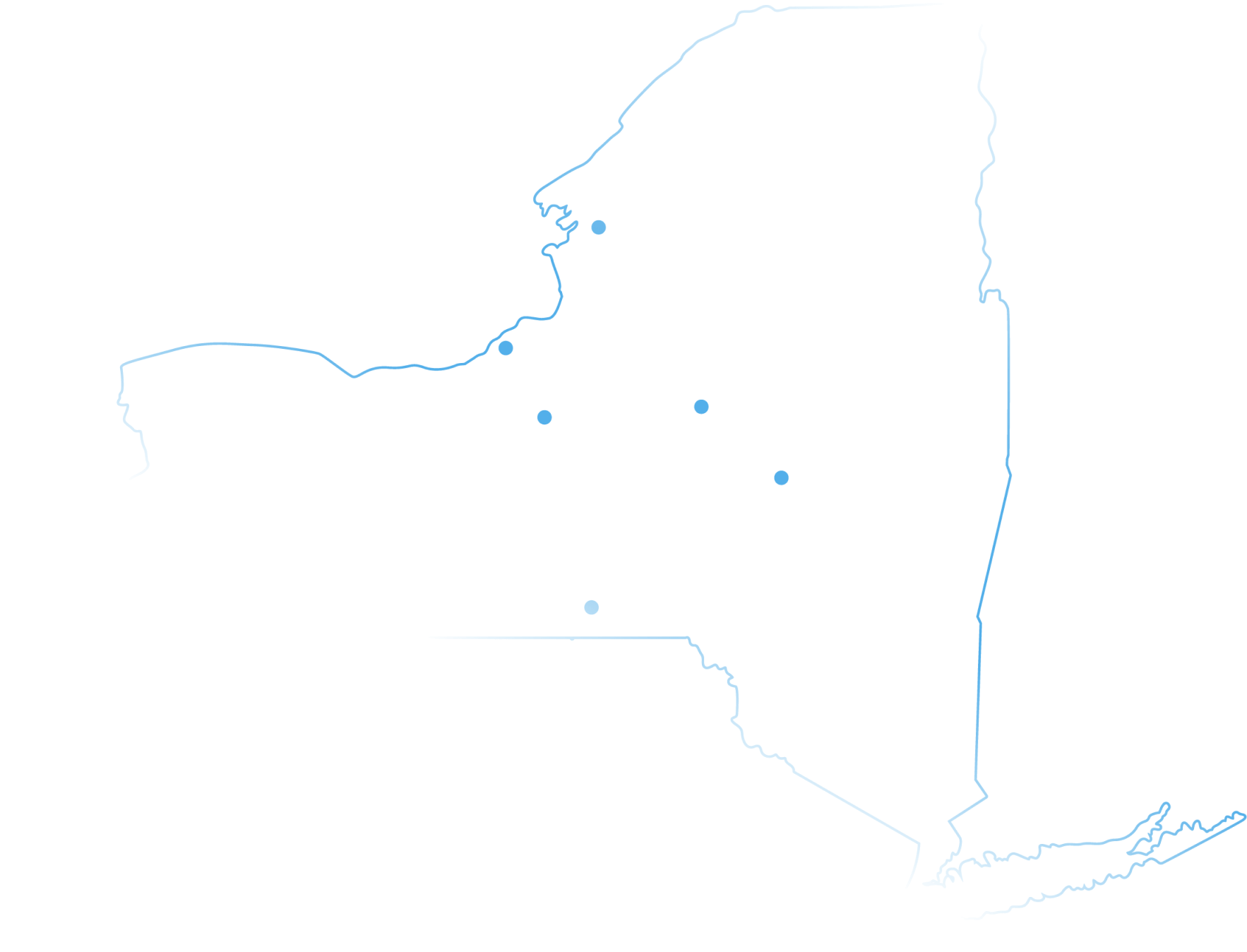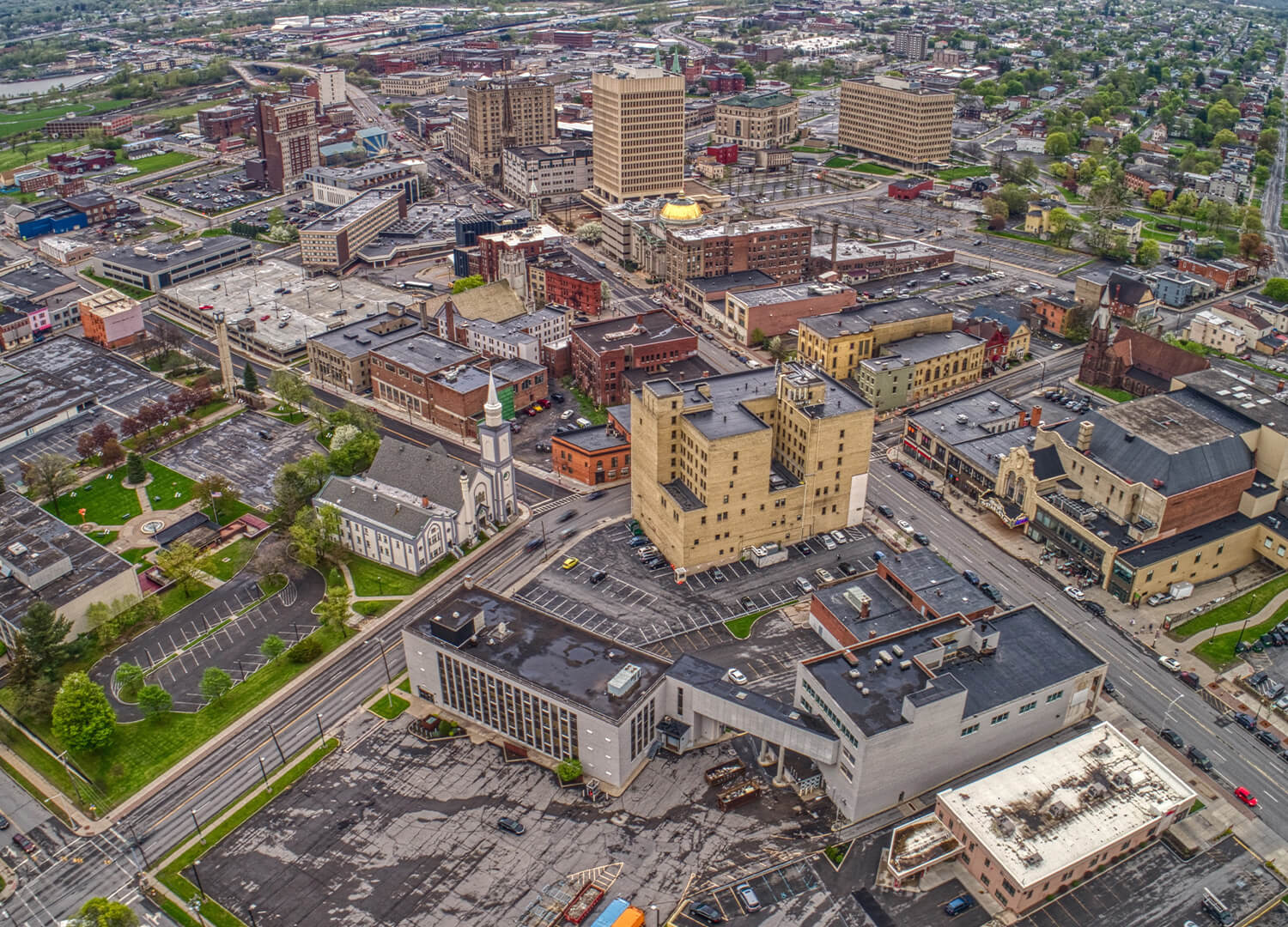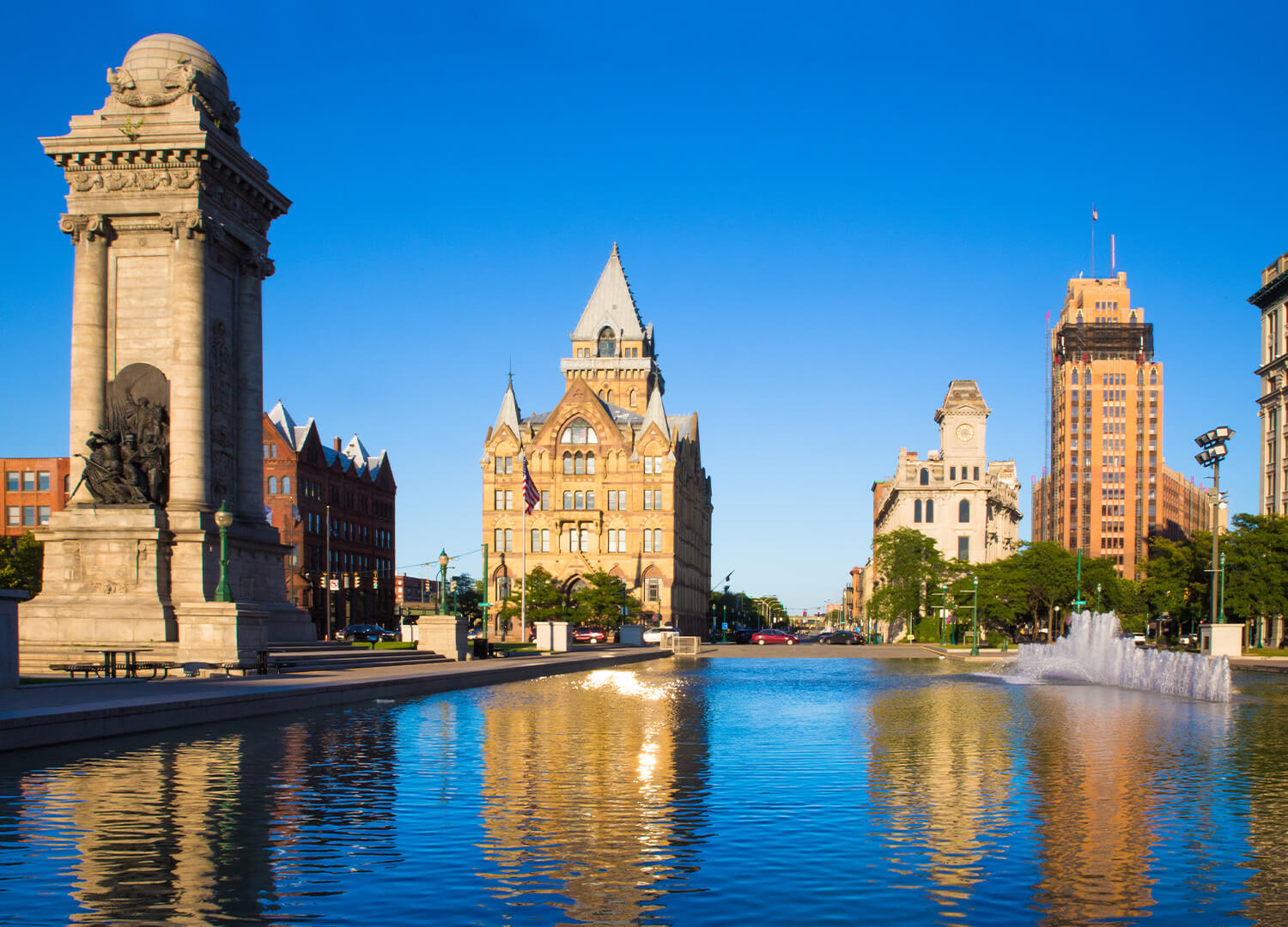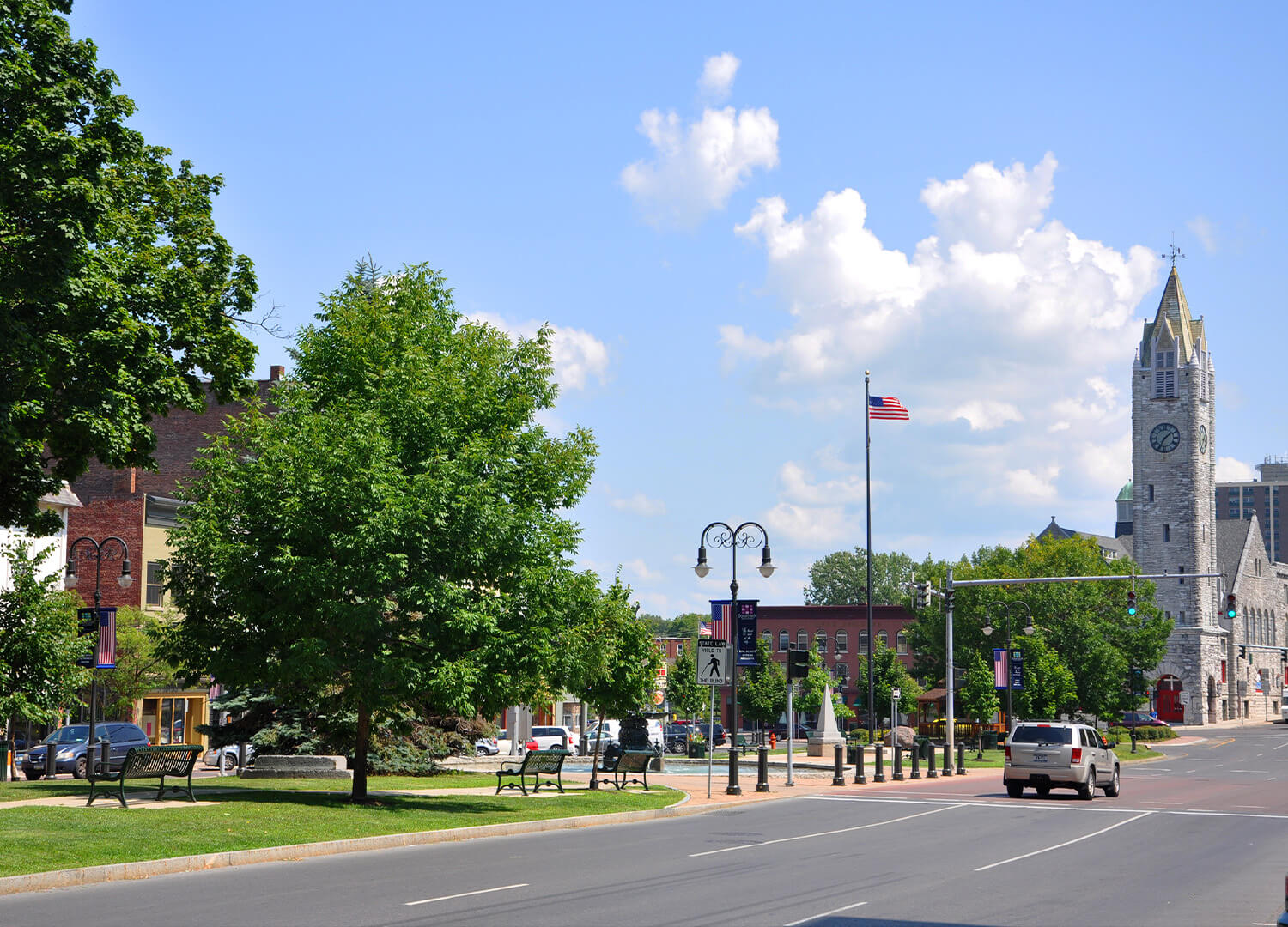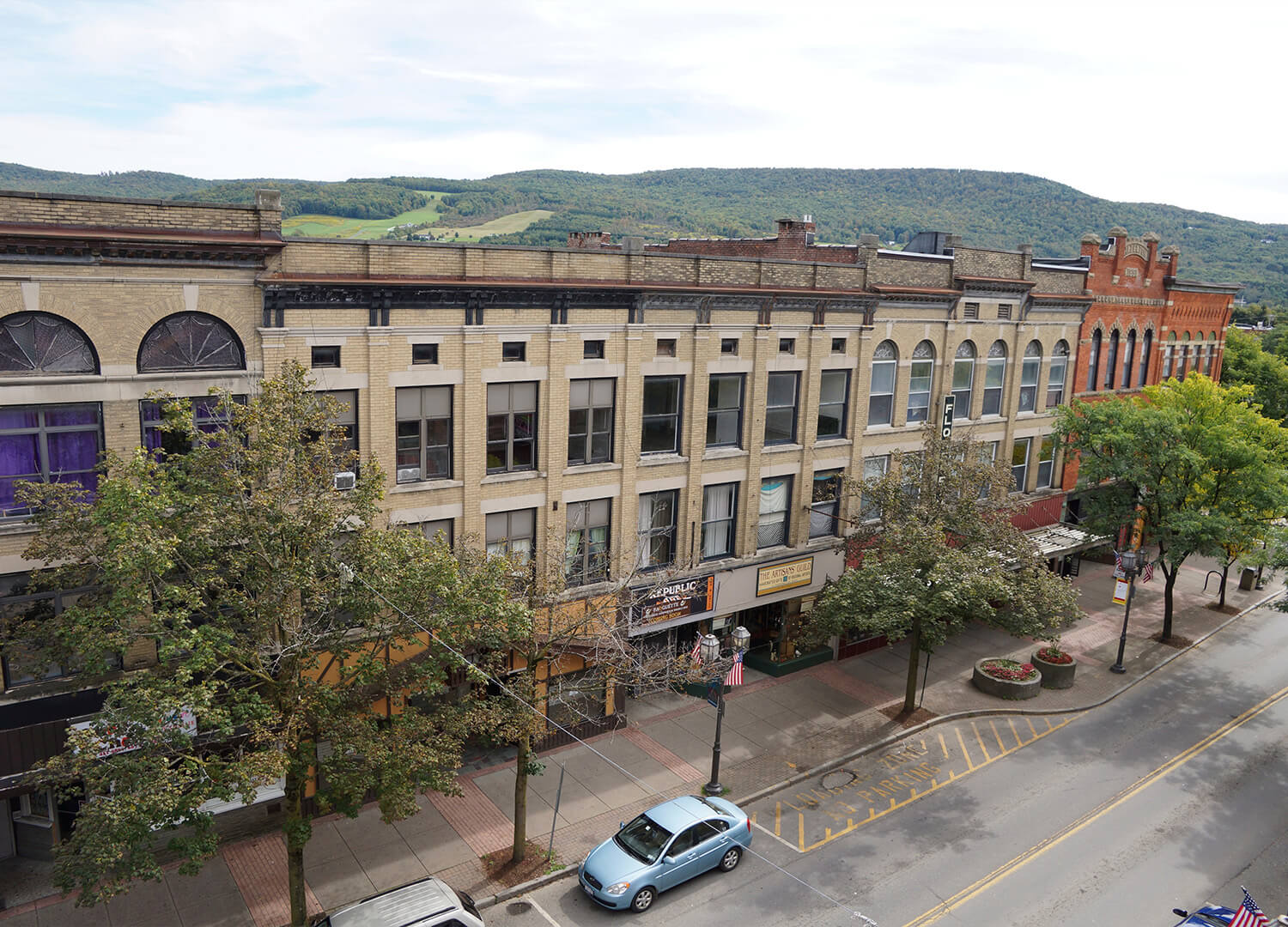Civil Legal Aid
The Legal Aid Society of Mid-New York, Inc. (LASMNY) offers free civil legal services to individuals and families who cannot afford an attorney for fundamental legal problems affecting their safety, housing, income, and well-being.



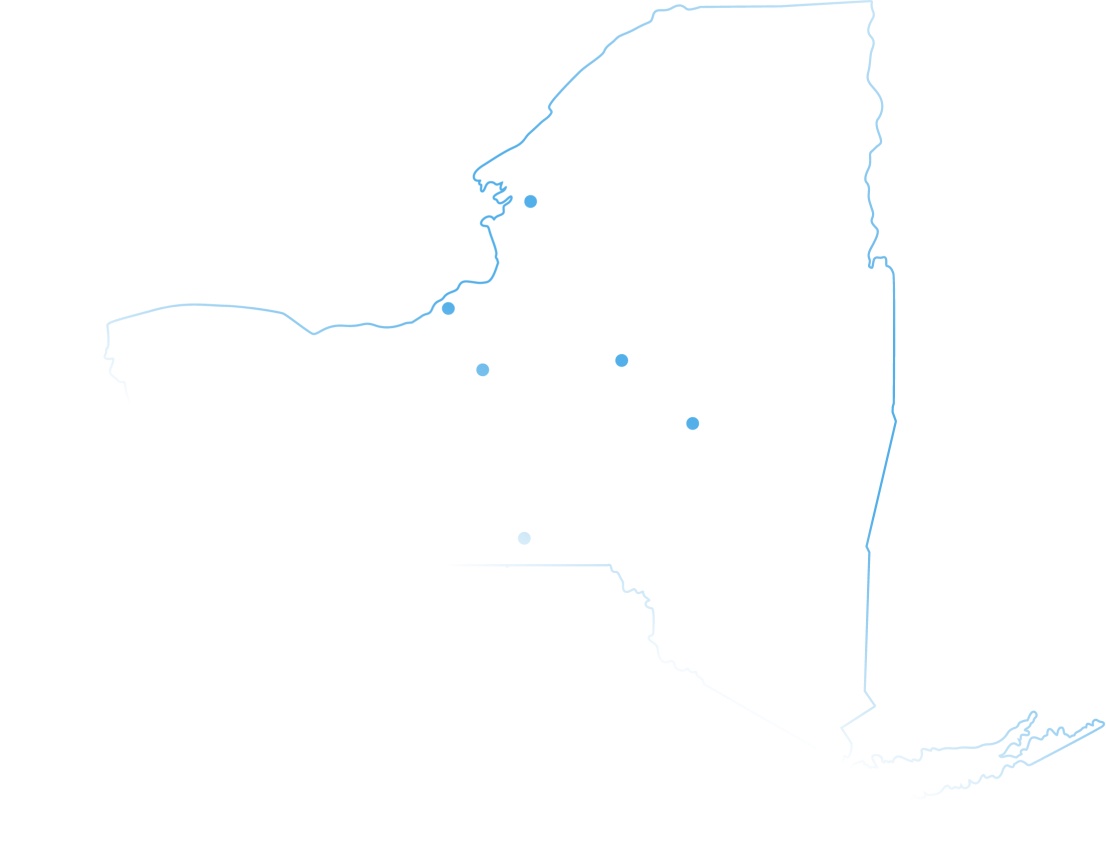
13
Counties Served

13,500
People Helped

7000
Cases Closed

135
SSI/SSD Claims Won
Areas We Serve
We proudly serve residents across 13 counties in Central New York—Broome, Cayuga, Chenango, Cortland, Delaware, Jefferson, Herkimer, Lewis, Madison, Oneida, Onondaga, Oswego, and Otsego. Whether you're in Utica, Syracuse, Binghamton, Watertown, Oswego, Oneonta, or anywhere in between, free legal services are within reach when you need them most.

